

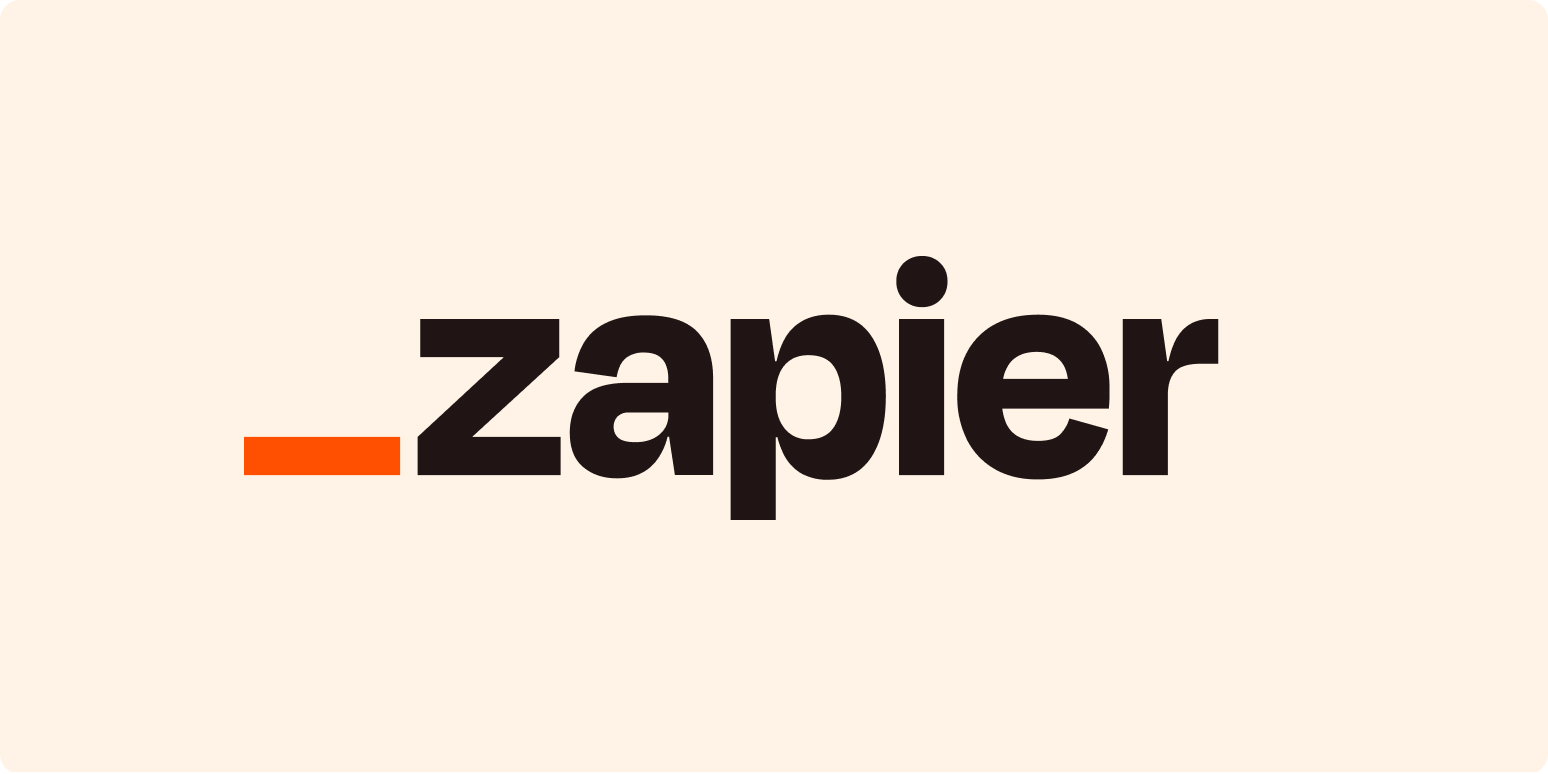
Zapier’s achievement of an 89% AI adoption rate throughout its organization is the result of a strategic, people-centric approach to digital transformation. The company began with small pilot programs designed to identify departmental nuances and uncover early obstacles. By targeting specific teams and workflows, Zapier was able to tailor onboarding and troubleshoot problems before scaling solutions company-wide. Employees participated in structured hands-on workshops, which demystified artificial intelligence by providing real examples of how AI could reduce repetitive tasks and free up time for more meaningful work. These workshops not only taught technical skills but also addressed common fears—such as job loss or fear of being replaced by algorithms—by emphasizing AI as a collaborative tool, not a threat.
Leadership played a key role in fostering trust and transparency. Managerial teams communicated openly about the goals and expectations of the AI rollout, sharing insights into how decisions were made and highlighting both successes and setbacks. Regular town halls, Q&A sessions, and ongoing feedback surveys gave employees recurring opportunities to voice questions, express concerns, and propose workflow improvements. This two-way communication loop ensured every department felt acknowledged, and that feedback directly influenced the company’s evolving AI playbook.
Early successes were celebrated publicly. Teams who identified effective use cases—like using AI to summarize large volumes of customer support tickets or automate repetitive marketing tasks—were recognized in company-wide meetings and newsletters. These stories spurred a healthy sense of competition and innovation as other teams looked for creative ways to leverage AI in their domains.
Continuous learning was baked into the culture. Zapier offered digital resource libraries, peer mentoring, and access to external AI certification programs, lowering the barriers for employees at every skill level. The combination of iterative rollout, relentless feedback gathering, and a culture of recognition transformed AI adoption from a top-down mandate into a grassroots movement. Zapier’s model shows that when organizations bring people along every step of the way—listening, adapting, and supporting—technology adoption can be swift, sustainable, and meaningful. Their results suggest that investing as much in people as in platforms is the surest path to successful digital transformation.
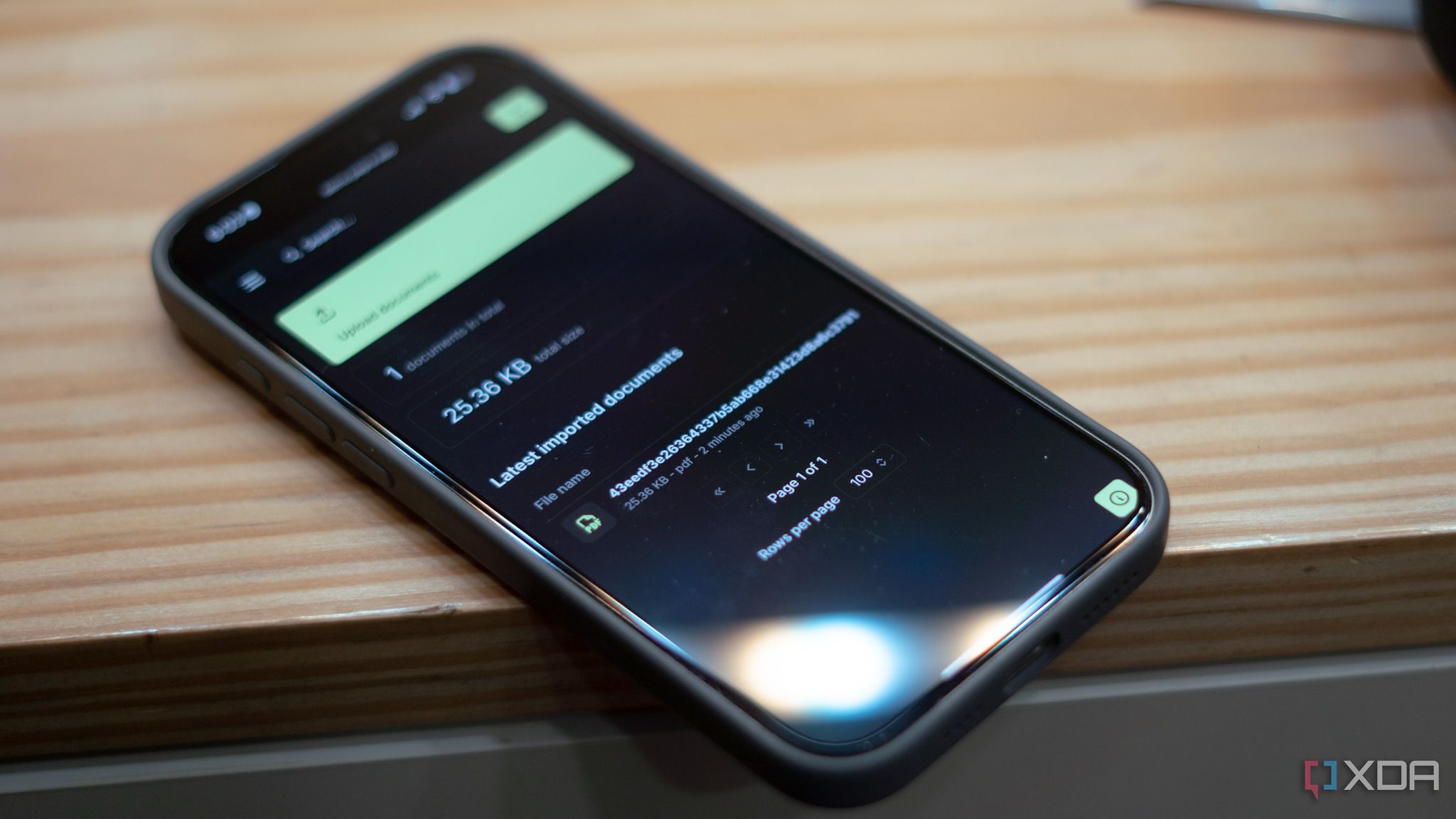
Papra has emerged as a compelling choice in the document management space, thanks to a blend of user-centric design, robust security, and advanced organizational tools that address the common frustrations of digital archiving. Its clean, drag-and-drop interface makes organizing files intuitive, removing the intimidation many people feel when facing a digital pileup of PDFs, contracts, and images. Instead of sifting through disorganized folders, users can swiftly categorize and retrieve documents using visually guided folders and smart filtering. This is particularly beneficial for students and professionals alike; for example, a university student juggling multiple courses can create separate folders for each subject, tag documents based on deadlines, and instantly locate past assignments during exam season.
Security features are another standout strength. Papra uses industry-grade encryption to protect all uploaded documents, ensuring that confidential files remain strictly private—an essential reassurance in an era of regular data breaches. Two-factor authentication means sensitive contracts, tax forms, or ID scans have layered security, and cloud sync keeps archives both accessible and protected across all devices. This combination appeals to professionals who work remotely or travel frequently, as well as to individuals storing critical life documents.
Search capabilities set Papra apart from many competitors. Through full-text recognition and customizable tags, users can locate a specific file within moments, even inside a massive digital archive. For example, small business owners who regularly scan receipts or invoices can search by date, project, or even specific text within a document, dramatically reducing the time spent on administrative tasks. Smart filters make it easy to retrieve all receipts from a particular vendor or all contracts related to a given client in seconds.
Finally, Papra’s focus on reducing clutter translates to real productivity gains and peace of mind. With automatic reminders for expiring documents and the ability to share folders with collaborators securely, it’s more than just storage—it’s a proactive organizational partner. All these features mean users spend less time dealing with lost or misplaced files and more time focusing on what matters. In a world where digital chaos can be as overwhelming as physical clutter, Papra offers structure, security, and simplicity for anyone ready to streamline their digital life.

The launch of Zapier’s AI orchestration platform has caused a stir in the productivity community, as it offers the ability to embed intelligent automation into nearly 8,000 apps—ranging from Google Workspace and Slack to Salesforce and Notion. At its core, the platform allows users to create custom AI agents that perform routine, time-consuming tasks automatically. For example, a human resources manager can set up a workflow where candidate resumes arriving in Gmail are auto-sorted, scored, and added to an applicant tracking system, all without manual intervention. This reduces tedious data entry and ensures no critical application slips through the cracks.
The platform’s standout feature is its seamless integration with the software ecosystem most businesses already rely on. Marketing teams can automate campaign reporting by having AI agents pull data from analytics platforms, format insights, and distribute them to key stakeholders on a schedule. In customer service, bots monitor incoming tickets, suggest responses based on company knowledge bases, and escalate urgent issues—all in real-time, minimizing human bottlenecks and accelerating issue resolution.
The AI orchestration workflow is not limited to large organizations. Freelancers and small businesses benefit by automating billing, lead capture, social media posting, and calendar scheduling—tasks that often eat into core productive hours. By enabling users to chain together logic and trigger actions across platforms, the tool lets individuals build highly personalized processes. A freelance designer, for example, could automate the process of receiving a client inquiry, sending a branded welcome email, and scheduling a first meeting, all triggered by a single event.
Experts emphasize that such automation does more than save time—it enables a shift in focus from ‘busywork’ to value-added and creative tasks. According to Zapier’s internal reports, early adopters reported up to a 30% reduction in weekly operational overhead and a significant improvement in project turnaround times. As AI orchestration platforms evolve, the ease of designing, deploying, and managing these agents is expected to make sophisticated automation accessible even to non-technical users. The result is a democratization of productivity, where every individual and team can tailor digital workflows to fit their exact needs, unlocking higher efficiency and innovation across the board.
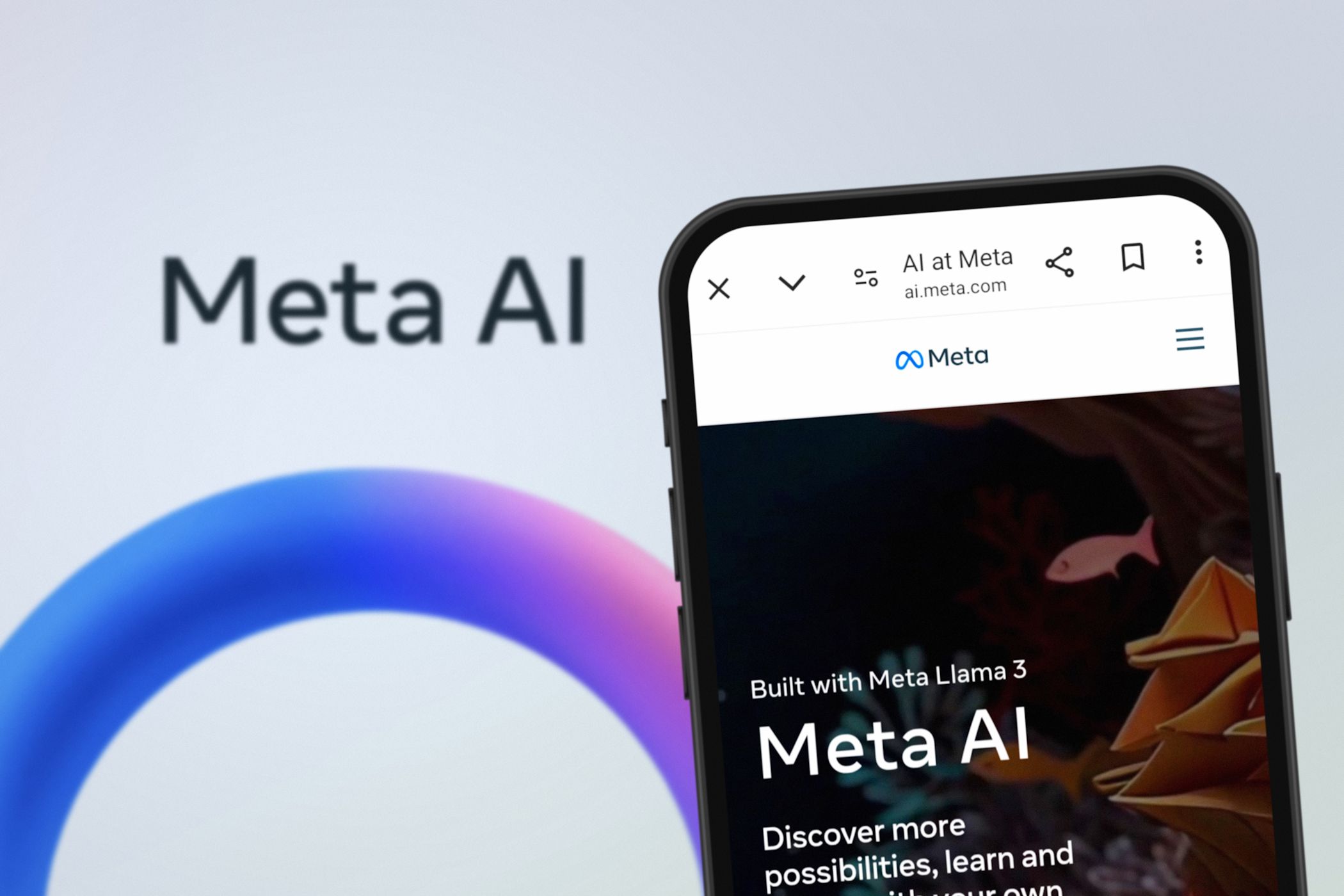
Meta’s expansion of its conversational AI assistant into a standalone app marks a new phase in the evolution of digital productivity tools. No longer tied exclusively to Facebook Messenger or WhatsApp, Meta AI is available across devices, meeting users where they work, play, and manage daily life. This shift allows for a seamless assistant experience, whether someone is coordinating a family’s schedule on a tablet, searching for an answer while cooking in the kitchen, or collaborating with colleagues during a remote meeting. Meta AI adapts to user preferences and routines, offering tailored recommendations on everything from managing to-do lists to scheduling reminders and providing instant research results.
A distinctive advantage of Meta AI is its integration with the broader Meta ecosystem, including Instagram, Oculus, and the Meta Quest line of devices. This interconnectedness allows the assistant to understand user contexts deeply, like pulling up relevant photos during conversations or suggesting related news stories as people browse. Early users have praised the assistant for proactively surfacing helpful prompts, such as reminding about upcoming deadlines or suggesting optimal times for meetings based on recent activity.
From an industry perspective, Meta’s move shakes up competition among digital assistants. While tools like Apple’s Siri, Amazon Alexa, and ChatGPT have set high standards for convenience and smart responses, Meta AI’s focus on personal context and cross-device flexibility makes it a formidable new player. Productivity experts point to its rapid response times and contextual understanding as key differentiators, helping busy professionals, parents, and students stay organized without constantly toggling between different apps or devices.
Importantly, Meta AI’s expansion comes with a strong emphasis on privacy and control. Users are encouraged to review settings for data sharing and personalization, ensuring their information is used transparently and safely. As more people interact with AI assistants in daily life, Meta’s approach suggests a future in which AI seamlessly supports work, learning, and home routines. Ultimately, the arrival of Meta AI as a standalone platform empowers users to streamline tasks and reclaim focus, while also challenging the industry to keep pace with user-centric innovation.
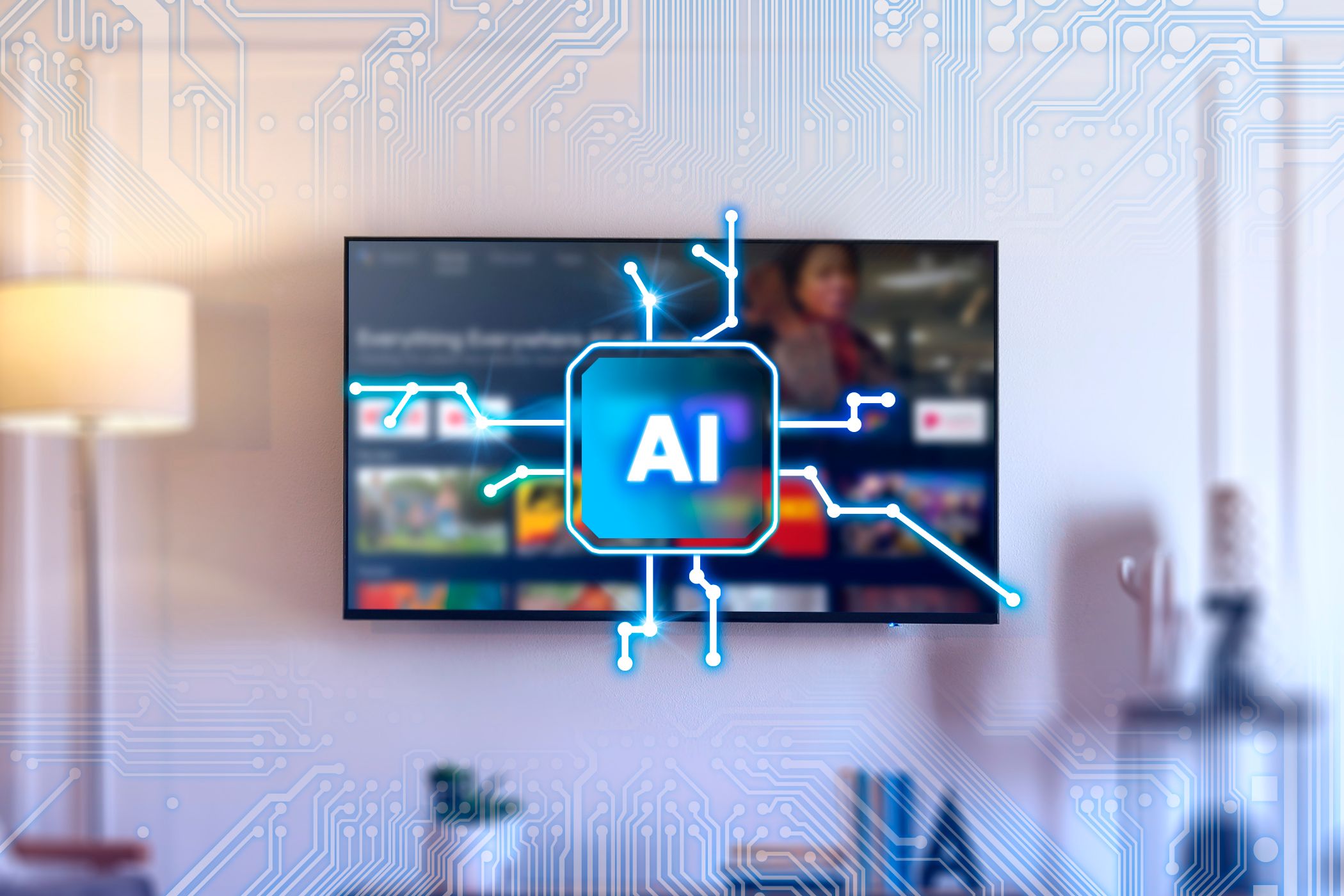
The latest generation of smart TVs leverages advanced AI algorithms to transform how viewers discover and engage with content. By analyzing intricate patterns in what you watch—right down to when you pause or skip a show—these systems build detailed user profiles that power highly personalized recommendations. The result is a TV that anticipates your interests, surfacing not only blockbuster series but also hidden gems you might never have found on your own. Families, for instance, benefit as recommendations reflect group preferences, ensuring everyone finds something enjoyable without endless scrolling.
This personalized experience, however, brings nuanced questions about data privacy and digital wellbeing. To serve up spot-on suggestions, smart TVs continuously collect data on viewing habits, app usage, and even voice search commands. For privacy-conscious users, this can feel intrusive, but leading brands now build in transparent privacy controls. Users can view, restrict, or delete collected data and even opt out of certain tracking features entirely. Parental controls allow families to filter out age-inappropriate content, reinforcing digital boundaries for younger viewers.
Industry experts advise taking a proactive approach: regularly reviewing your TV’s privacy settings and adjusting recommendations ensures alignment with your actual interests and values. For instance, if you notice a stream of reality TV suggestions that don’t match your tastes, manually adjusting preferences or retraining the AI can reset the recommendations. Tracking your own screen time via built-in dashboards also helps prevent overconsumption—turning smart tech from a source of distraction into a tool for mindful entertainment.
On a broader level, the AI revolution in entertainment is fostering new business models. Streaming services like Netflix and Amazon Prime analyze billions of data points daily to not only personalize recommendations but also inform content investments and original programming. For consumers, this means richer, more relevant options on demand. For content creators, it’s an opportunity to reach niche audiences more accurately. The evolving role of AI in smart TVs stands as a powerful example of how personal data, when managed wisely, can deliver genuine value—empowering viewers to curate their digital environment with intent and confidence.
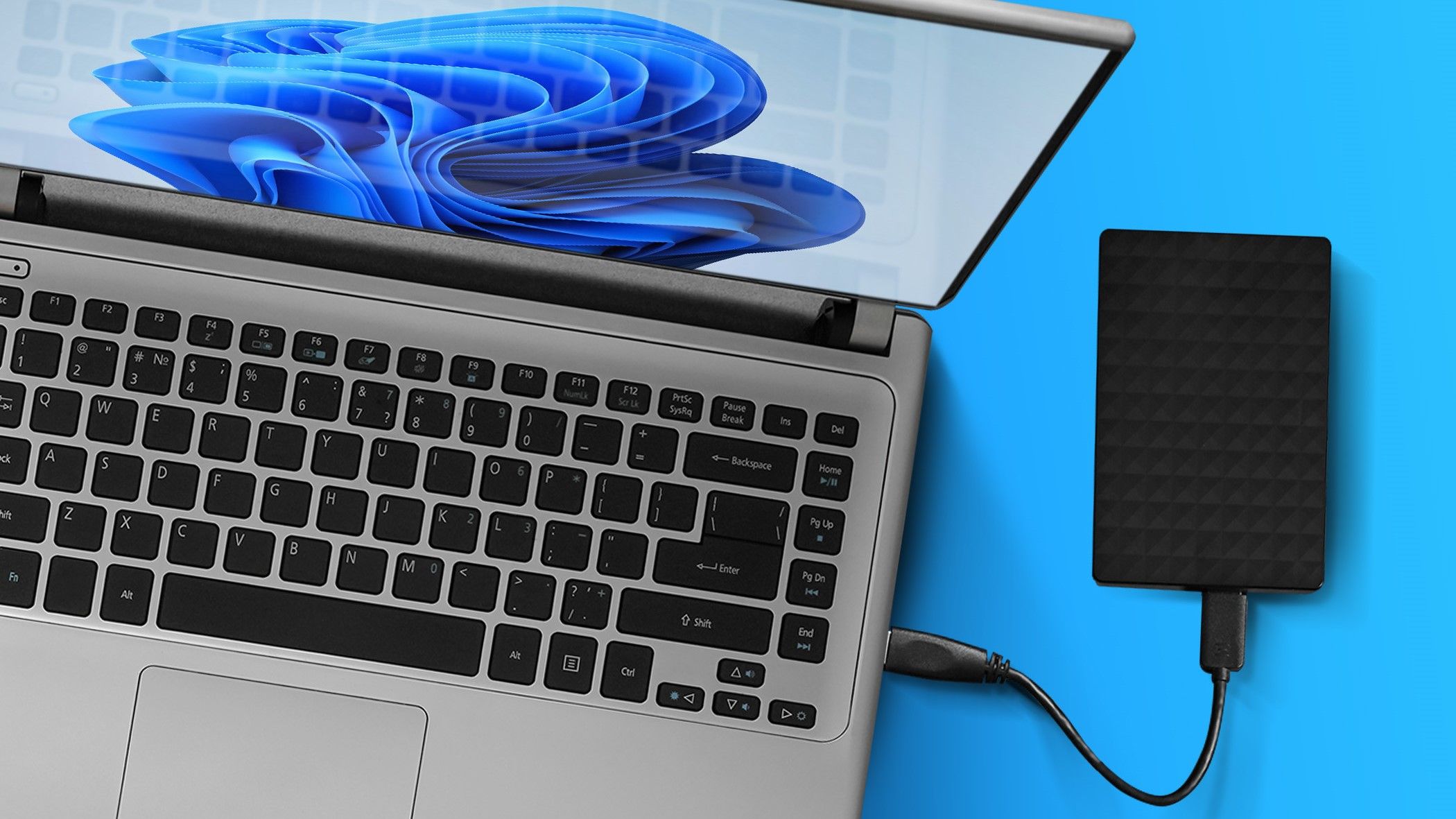
Creating a comprehensive digital backup strategy doesn’t require a monthly subscription or advanced technical skills—just a commitment to routine and a basic understanding of free, reliable tools. Start by identifying the critical files in your digital life: documents, family photos, videos, financial records, and project files. Invest in a dependable external hard drive or high-capacity USB stick, a one-time purchase that offers vast storage without ongoing fees. Both Mac and Windows operating systems include built-in backup solutions—Time Machine for Mac and File History for Windows—that automate regular backups, quietly updating your archives every hour or day based on your preferences.
If you’re looking for added flexibility, open-source applications like Duplicati and FreeFileSync let you set up encrypted, scheduled backups across multiple folders and drives. For example, a photographer can automatically back up their entire photo library every night, ensuring new work and edits are always safe from accidental deletion or hardware failure. Encryption capabilities are especially important for safeguarding sensitive documents, as they prevent unauthorized access even if a device is lost or stolen.
Experts recommend adopting the 3-2-1 rule: maintain three copies of your important data, on two different types of storage, with one copy stored offsite. This could be as simple as keeping a cloned hard drive at a trusted friend’s house or storing a second USB stick in a locked drawer at work. To ensure your backups will work when you need them, test the restore process regularly—select a few files and confirm they open correctly from your backup drive.
Organization is key to making restoration stress-free. Create a clear folder structure, label backups by date or project, and keep a backup log showing when each archive was created. Taking these steps transforms backup from a chore into a valuable habit. Rather than worrying about costly cloud subscriptions, you’re building an independent, resilient digital safety net that protects work, memories, and peace of mind. With the right tools and routines, anyone can secure their digital life—no monthly payments required.
